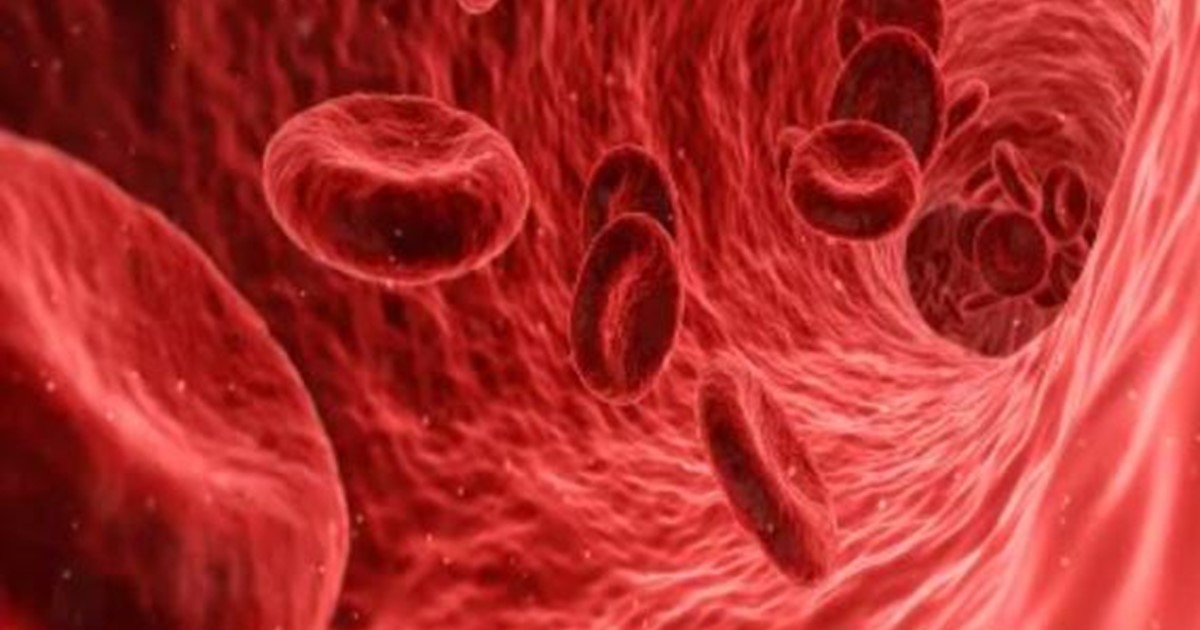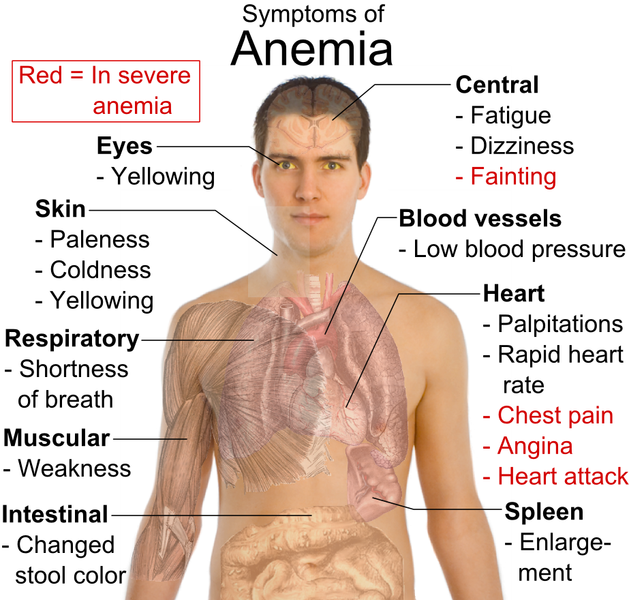Painstaking Lessons Of Tips About How To Become Anemic

Red blood cells are produced in your bone marrow and have an average lifespan of 100 to 120 days.
How to become anemic. Anemia is major public health concern, mainly affecting young children, pregnant and postpartum women, and menstruating adolescent girls and women. In addition to not having enough red blood cells, you can also become anemic if your body gets rid of red blood cells or if, when you bleed, your body loses red blood cells more. To diagnose anemia, your health care provider is likely to ask you about your medical and family history, do a physical exam, and order blood tests.
There are several ways to help manage anemia, including: Iron deficiency anaemia iron deficiency anaemia is caused by lack of iron, often because of blood loss or pregnancy. Learn more about anemia symptoms, causes, diagnosis, and treatment.
What foods help fight anemia? Anemia occurs when the blood doesn't have enough hemoglobin or red blood cells. 1 be aware of your risk.
A person may find it easy to combine them and make tasty, nutritious meals that help to. There are three main reasons people become anemic: How much blood loss is considered acute?
What causes anemia? Iron deficiency anaemia is a condition where a lack of iron in the body leads to a reduction in the number of red blood cells. The body doesn't make enough hemoglobin or red blood cells.
Anemia is a condition that develops when your blood lacks enough healthy red blood cells or hemoglobin. About iron deficiency anaemia. This occurs in three stages:
Anemia treatment depends upon the cause: Iron and vitamin deficiency anemia are two of the most common forms of anemia and are caused by either a shortage of iron or vitamin. In this stage, the supply of iron to make new hemoglobin and red blood cells is dwindling but hasn’t yet affected.
I just snapped this photo about an hour ago as i was finishing u. Overall outlook symptoms contacting a doctor treatment and management summary mild anemia is typically treatable. Healthy individuals can tolerate losing about 20% of their blood volume before significant symptoms appear.
Many foods contain high levels of iron. The body destroys red blood cells and the. Bleeding causes loss of red blood cells and hemoglobin faster than they can be replaced.
On average, your bone marrow. Blood loss, a reduction in the body's ability to produce new red blood cells, or an illness that leads to increased.


:max_bytes(150000):strip_icc()/anemia-after-surgery-3156852-Final-63c258f51d7846e1b24d870a3b8ea88c.png)














